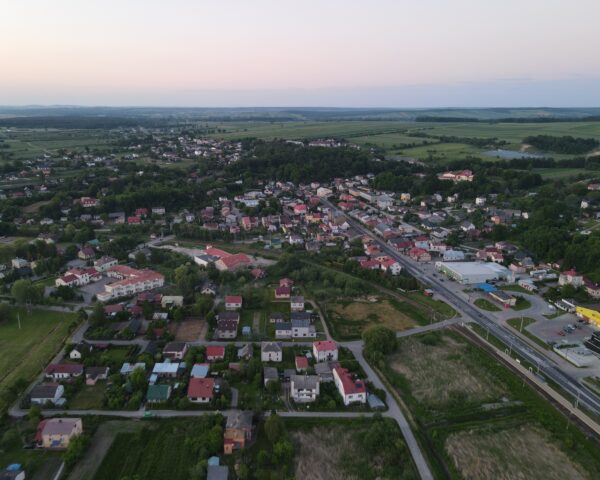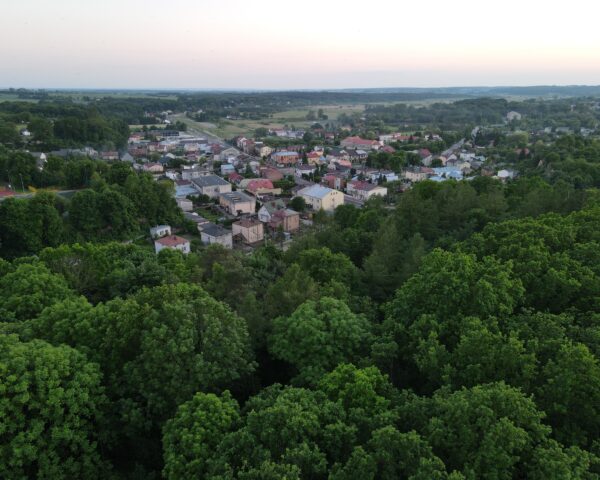“Blatt was a witness for the prosecution [in post-war trials of perpetrators] in several other cases. Among others, the trial of the head of Gestapo in Izbica, Kurt Engels. The one who had put the crown of thorns on his father’s head. Tojwełe [Tomasz] cleaned his motorcycle. It was a magnificent machine, with a trailer and two shiny metal plates on both sides. On these plates, skulls were engraved. Engels wanted the skulls to be shining. So Tojwełe cleaned them for hours. It was a great job because while he was cleaning the motorcycle, no German would harass him, not even during a round-up. Engels had another Jewish boy to do work around the house, Mojszełe. He came from Vienna. He took care of the garden. Engels often talked to him about growing flowers. He liked him. ‘You are a nice boy,’ he used to say. 'You'll die last and I'll shoot you personally so you don’t have to suffer.’ Blatt admitted in the investigation that the Gestapo officer had kept his word.” Hanna Krall, “Portret z kulą w szczęce” (“Portrait with a Bullet in the Jaw”)
Tomasz
Blatt

Stage 9 - Extermination
“Blatt was a witness for the prosecution [in post-war trials of perpetrators] in several other cases. Among others, the trial of the head of Gestapo in Izbica, Kurt Engels. The one who had put the crown of thorns on his father’s head. Tojwełe [Tomasz] cleaned his motorcycle. It was a magnificent machine, with a trailer and two shiny metal plates on both sides. On these plates, skulls were engraved. Engels wanted the skulls to be shining. So Tojwełe cleaned them for hours. It was a great job because while he was cleaning the motorcycle, no German would harass him, not even during a round-up. Engels had another Jewish boy to do work around the house, Mojszełe. He came from Vienna. He took care of the garden. Engels often talked to him about growing flowers. He liked him. ‘You are a nice boy,’ he used to say. 'You'll die last and I'll shoot you personally so you don’t have to suffer.’ Blatt admitted in the investigation that the Gestapo officer had kept his word.” Hanna Krall, “Portret z kulą w szczęce” (“Portrait with a Bullet in the Jaw”)
Tomasz Blatt
Tomasz Blatt was born as Toivi Hersz Ber Blatt to a Jewish family in Izbica, a typical Polish shtetl where Jews made up 90% of the population before the war. As a teenager, he experienced the hell of the transitory ghetto that the Germans created in his hometown. As it turned out later, even worse things were to come. Together with his family, he was deported to the death camp in Sobibór. His parents and brother were murdered in the gas chamber there. Tomasz got a job in the camp’s workshop, which saved his life and allowed him to actively oppose the extermination. In 1943, he took part in the prisoners’ uprising in Sobibór. He was one of the few who managed to escape and survive until the end of the war. He survived to bear witness to the Holocaust.
After the war he emigrated to the USA, where he worked as a journalist, often reporting on the Holocaust. For his merits, he was awarded the Officer’s Cross of the Order of Merit of the Republic of Poland. He passed away on 31st October 2015.
Extermination
Mass murder, or genocide, occurs at this stage. The perpetrators avoid using this and similar terms because they do not consider their victims to be human beings. If the state is behind the genocide, the armed forces are complicit in the killing. Sometimes, as a consequence of genocide, retaliatory killing occurs and the cycle repeats itself. The victims are once again dehumanized – the corpses are often desecrated, buried in mass graves. Genocide is accompanied by the destruction of the cultural and religious heritage of the victims.
When genocide occurs, only rapid and effective military intervention can stop the crimes. The establishment of security zones or humanitarian corridors under the effective protection of international forces can save many lives. Under the concept of the international responsibility to protect, since 2005, the international community can and should respond by defending people’s lives.
How is this person’s story related to the stage of genocide in G. Stanton’s theory?
The personal, wartime history of Tomasz Blatt and his hometown Izbica show the successive stages leading to genocide. Tomasz was both a witness and a victim of the Holocaust. He opposed the Shoah by taking an active part in the Sobibór uprising. As one of the few survivors of this death camp, he gave his testimony and testified in the trials of the camp crew.







